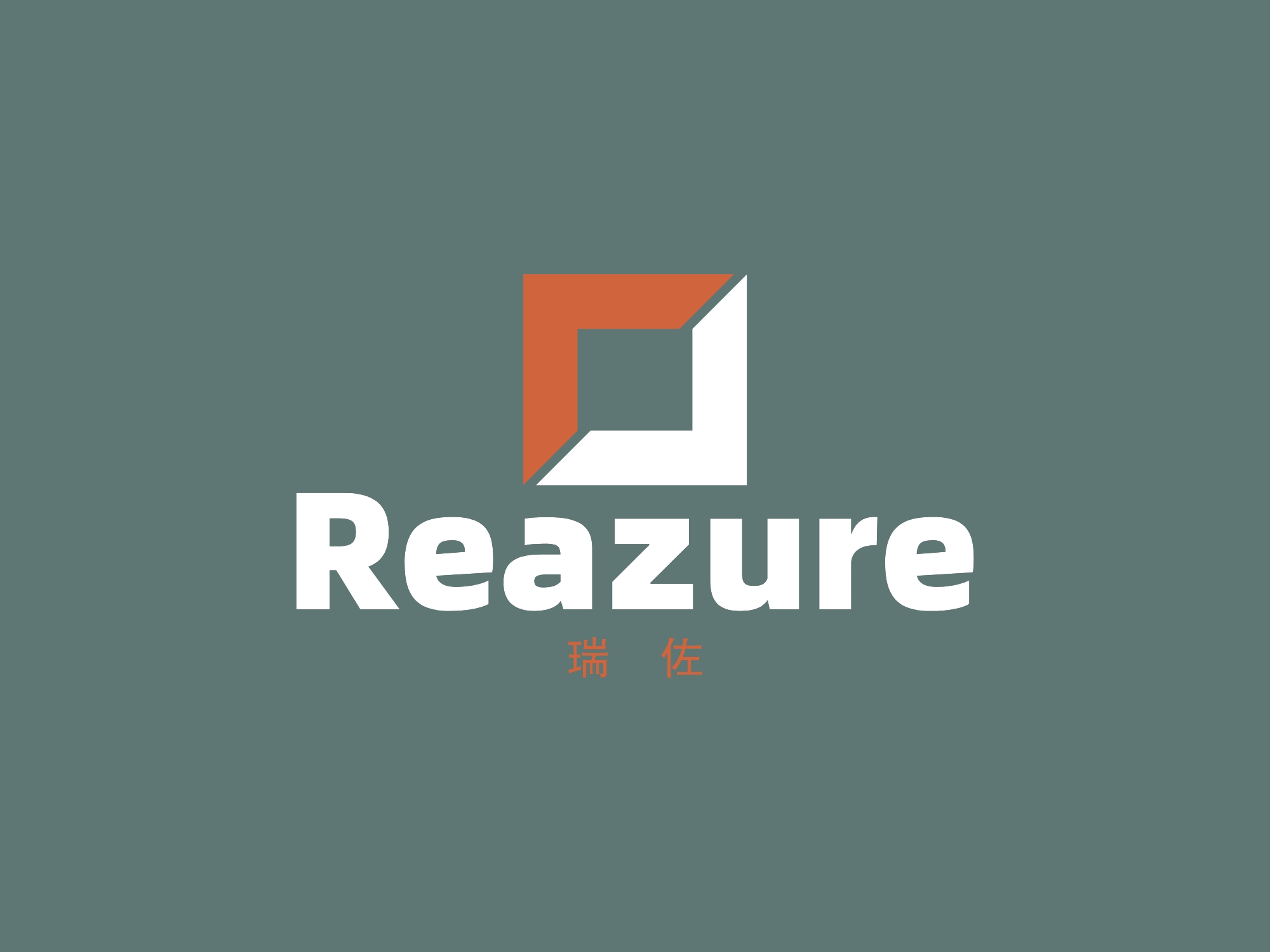PBAT production capacity is the third largest biodegradable plastic after starch-based plastics and PLA. Today, I will take you to take a look at the other main force of the biodegradable family-PBAT.
1. What is PBAT?
PBAT, Poly (butyleneadipate-co-terephthalate). According to the source of biodegradable plastics, it can be divided into bio-based biodegradable materials and petrochemical-based biodegradable materials. PBAT belongs to petrochemical-based biodegradable plastics and is currently One of the most active biodegradable materials in the research of biodegradable plastics and the best market application.
PBAT is a kind of polyester, polyester = diacid + diol, polyester also includes PBS, PBSA, PBT.
PBAT is made from butanediol (BDO), adipic acid (AA), terephthalic acid (PTA) or glycol terephthalate (DMT) as raw materials, through direct esterification or ester exchange.
A. Basic performance
• PBAT is a semi-crystalline polymer
• Usually the crystallization temperature is around 110℃
• Melting point is around 130℃
• The density is between 1.18g/ml~1.3g/ml
• The crystallinity of PBAT is about 30%
• Shore hardness is above 85
B. Features of PBAT
The typical representative of PBAT material is the Ecoflex® product of BASF in Germany.
2. What are the applications of PBAT?
PBAT materials are not only biodegradable but also compostable, so the use of PBAT can combat white pollution. The biodegradable garbage bags produced by PBAT are the membranematerials used by the biocomposting garbage center to recycle biological waste.It is mainly used for: fully degradable packaging film; Fully degradable packaging bags, including shopping bags, rolled garbage bags, pet feces bags, electronic product packaging bags, food packaging bags, mulch, etc. Driven by environmental protection policies, the applications of PLA, PBAT, PHA, PCL, PBS and other biodegradable plastics in the fields of disposable tableware, packaging, agriculture, automobiles, medical treatment, textiles and other fields are ushering in new opportunities for market development.

